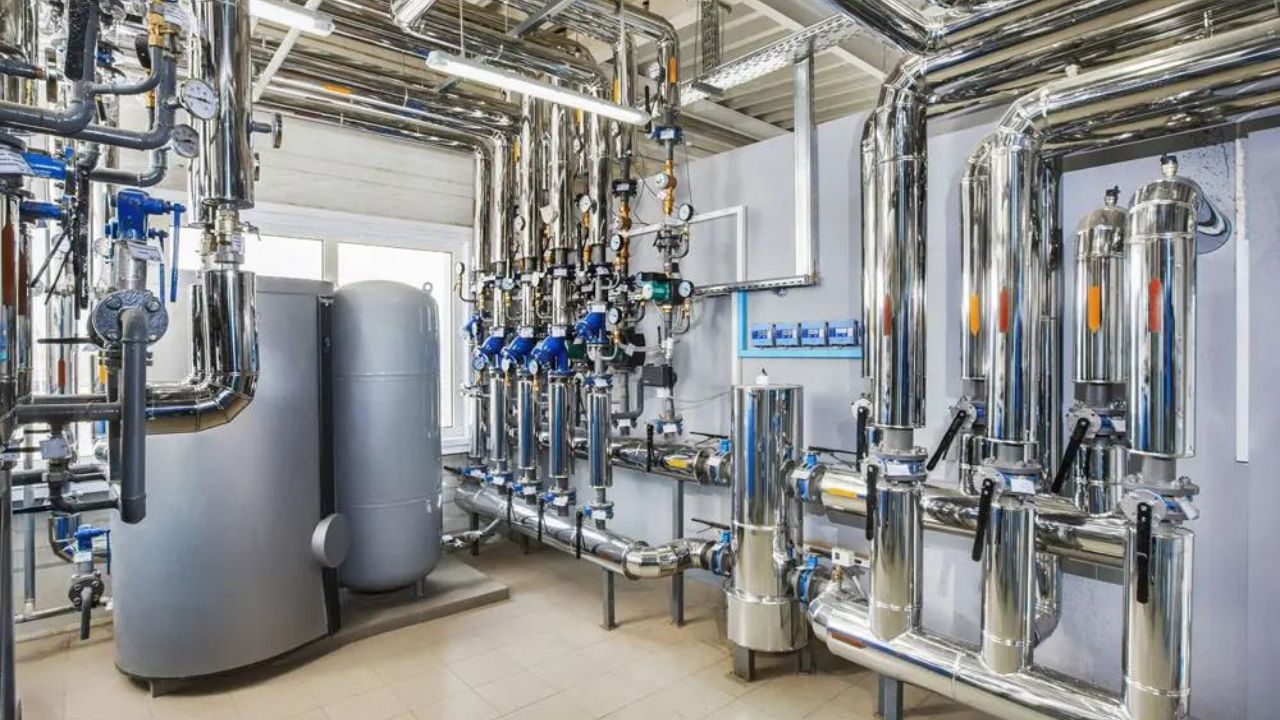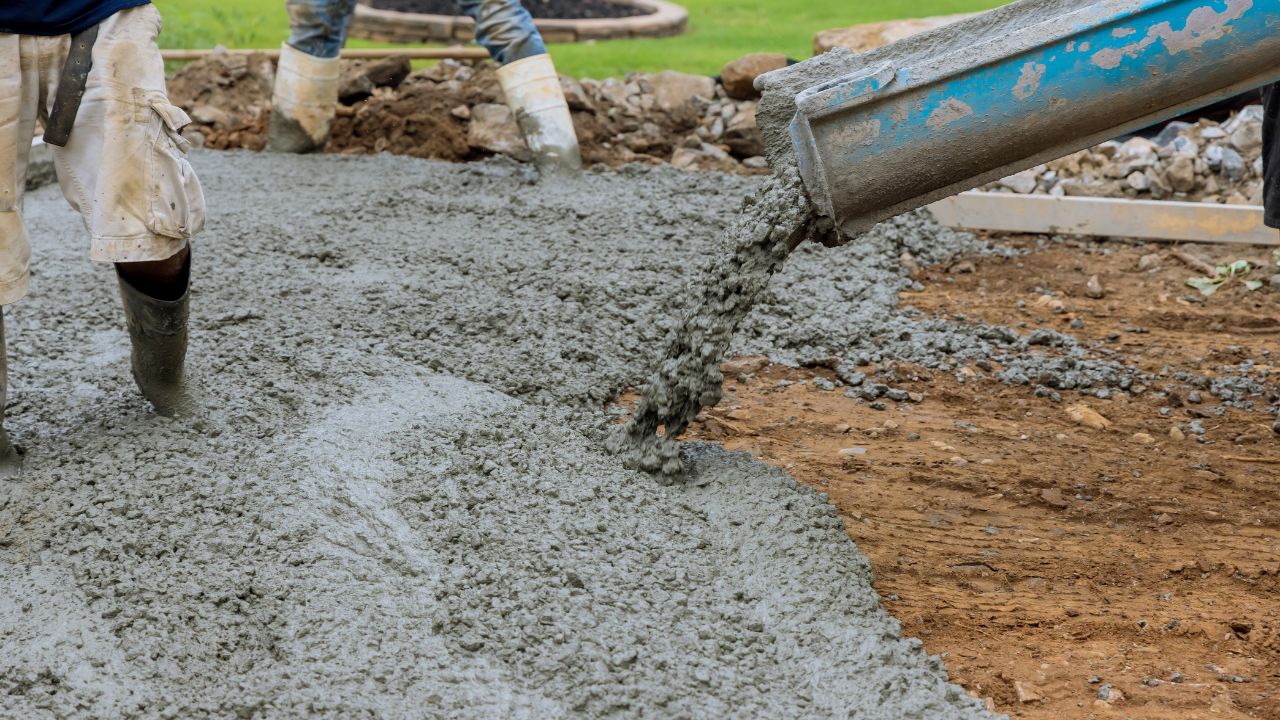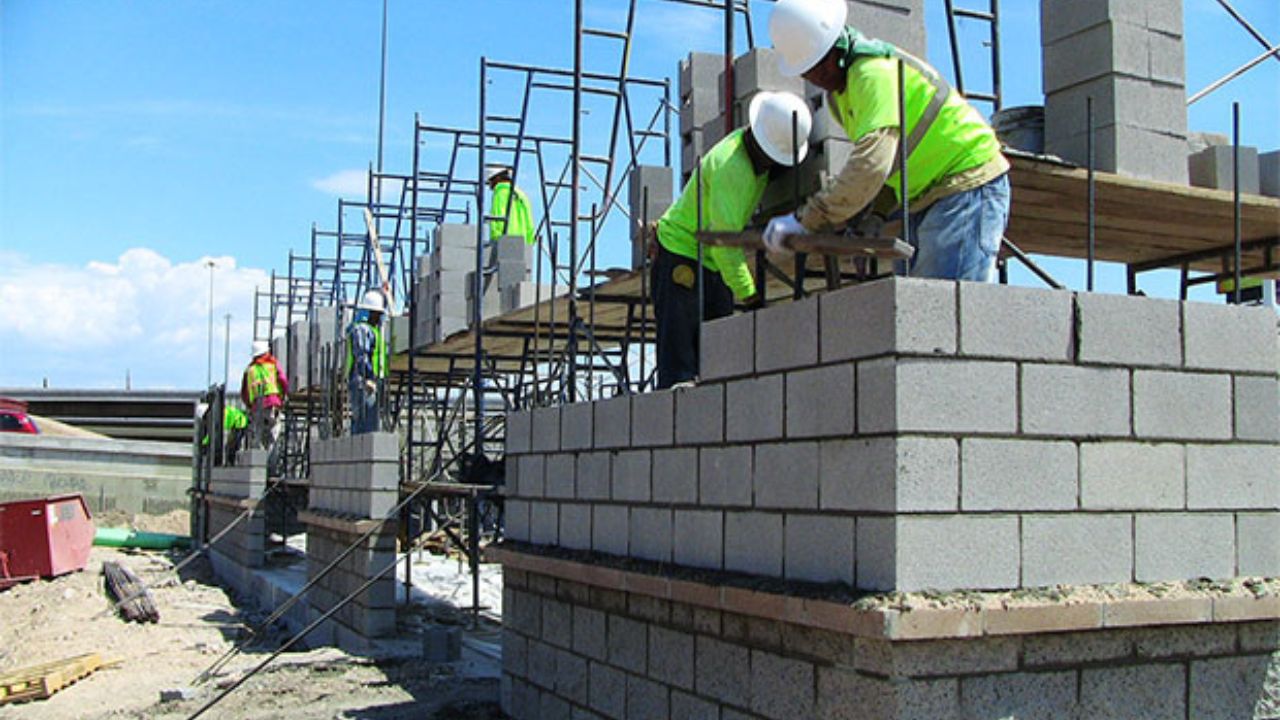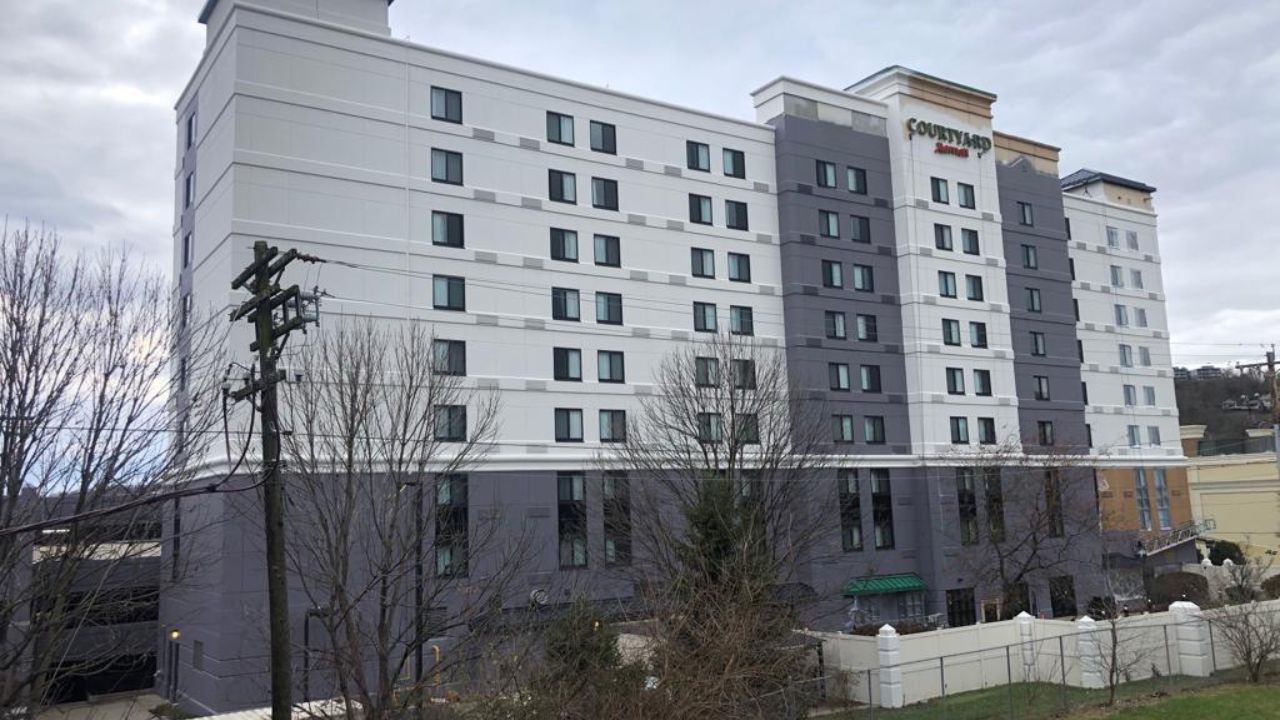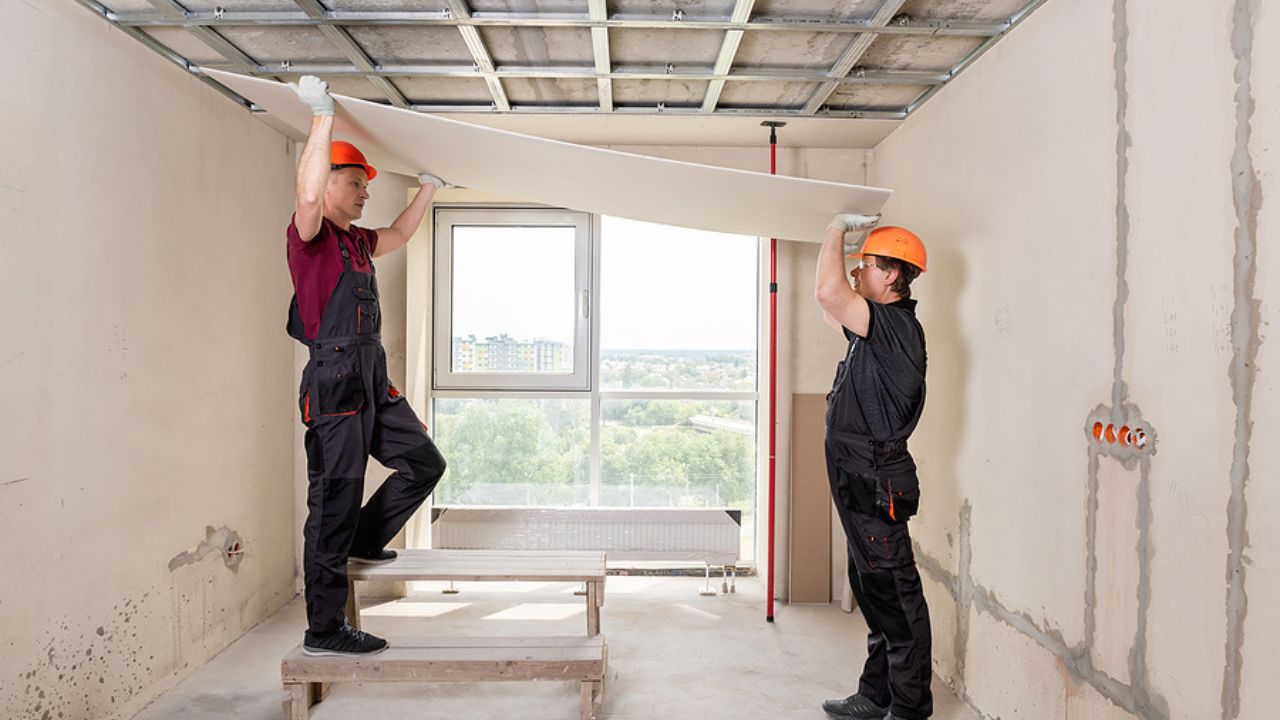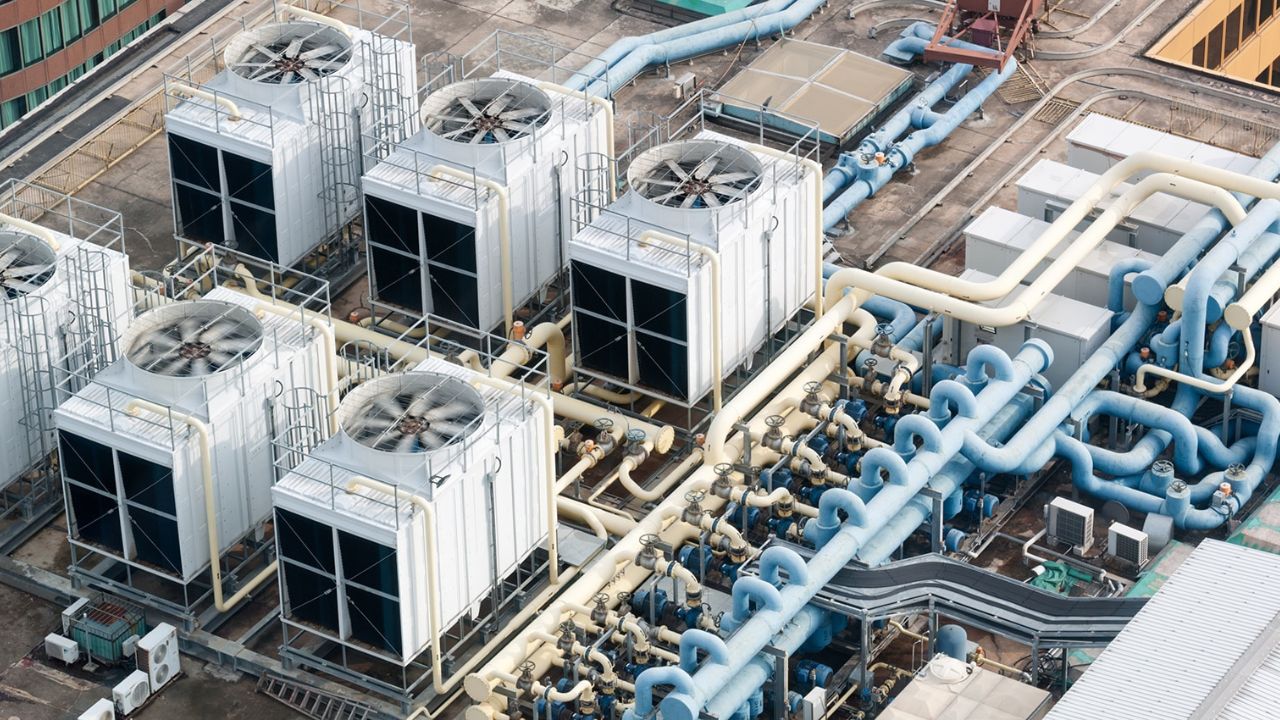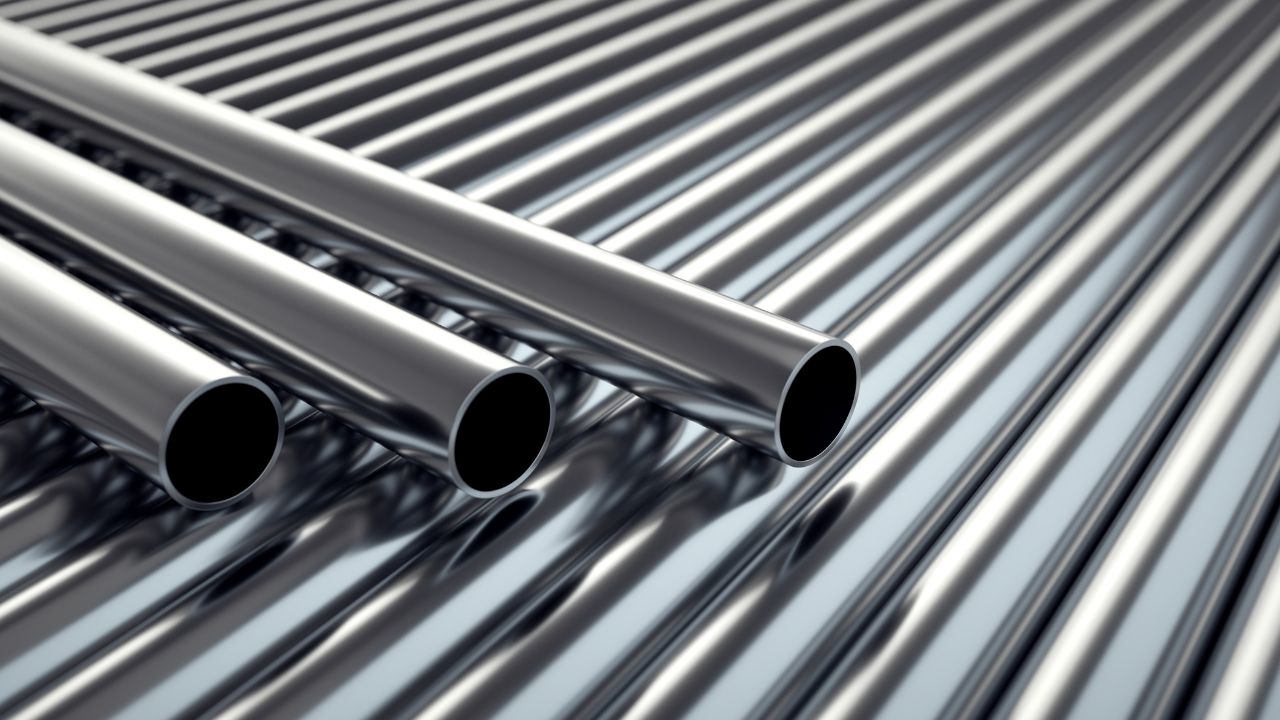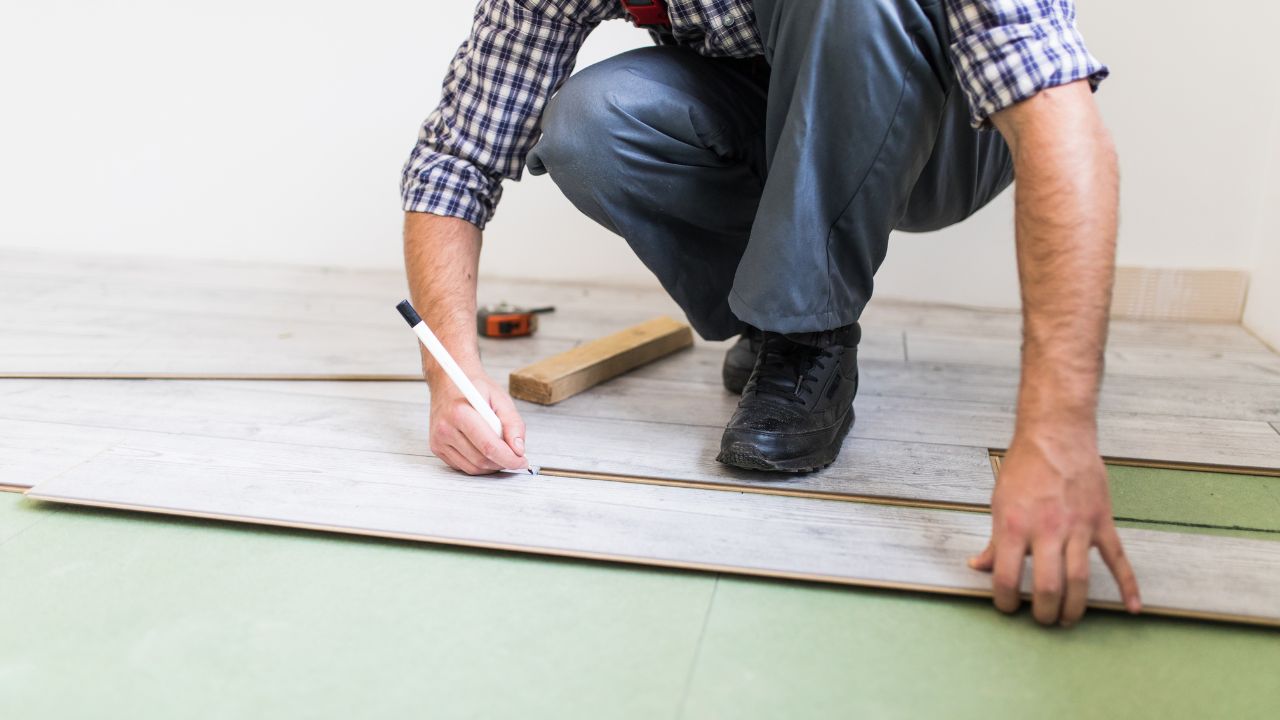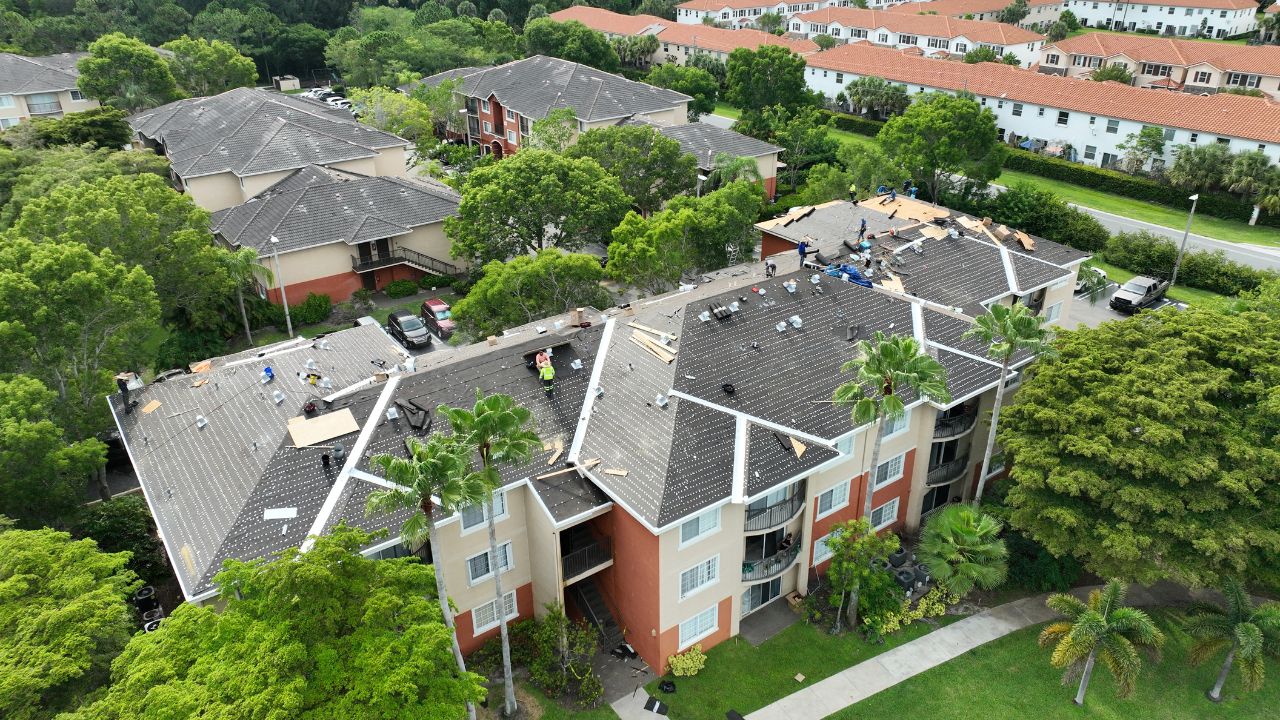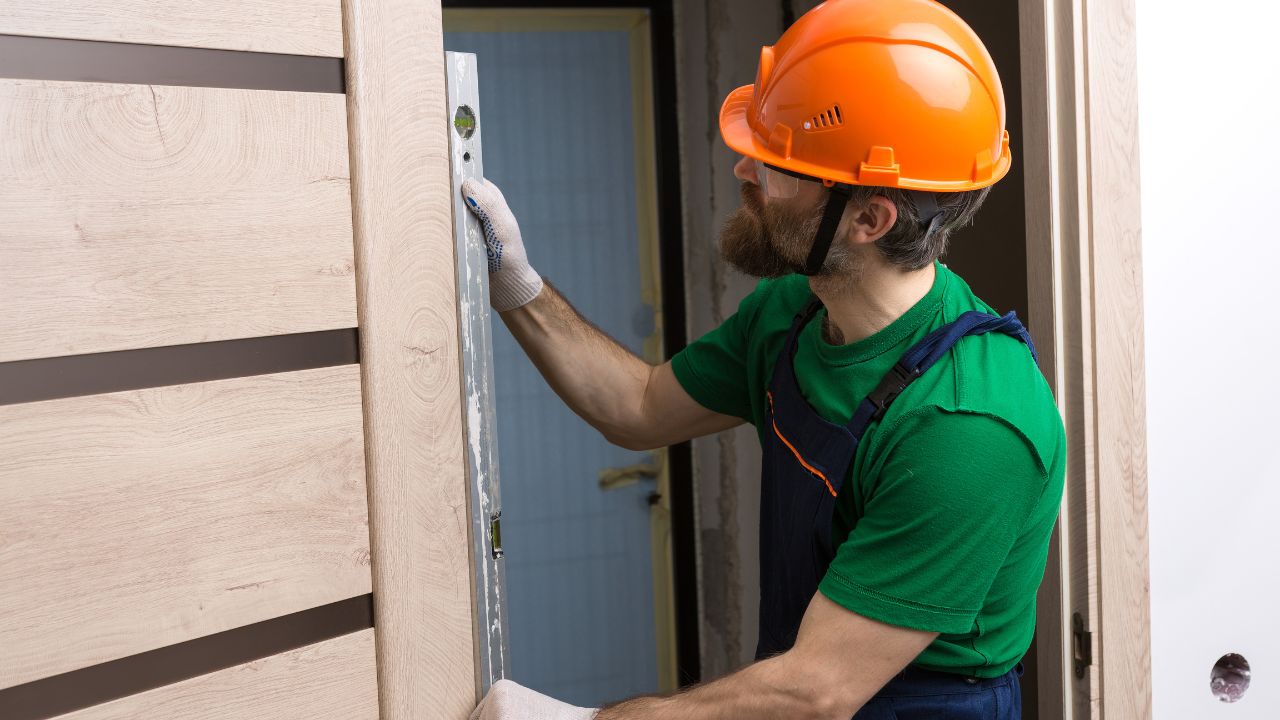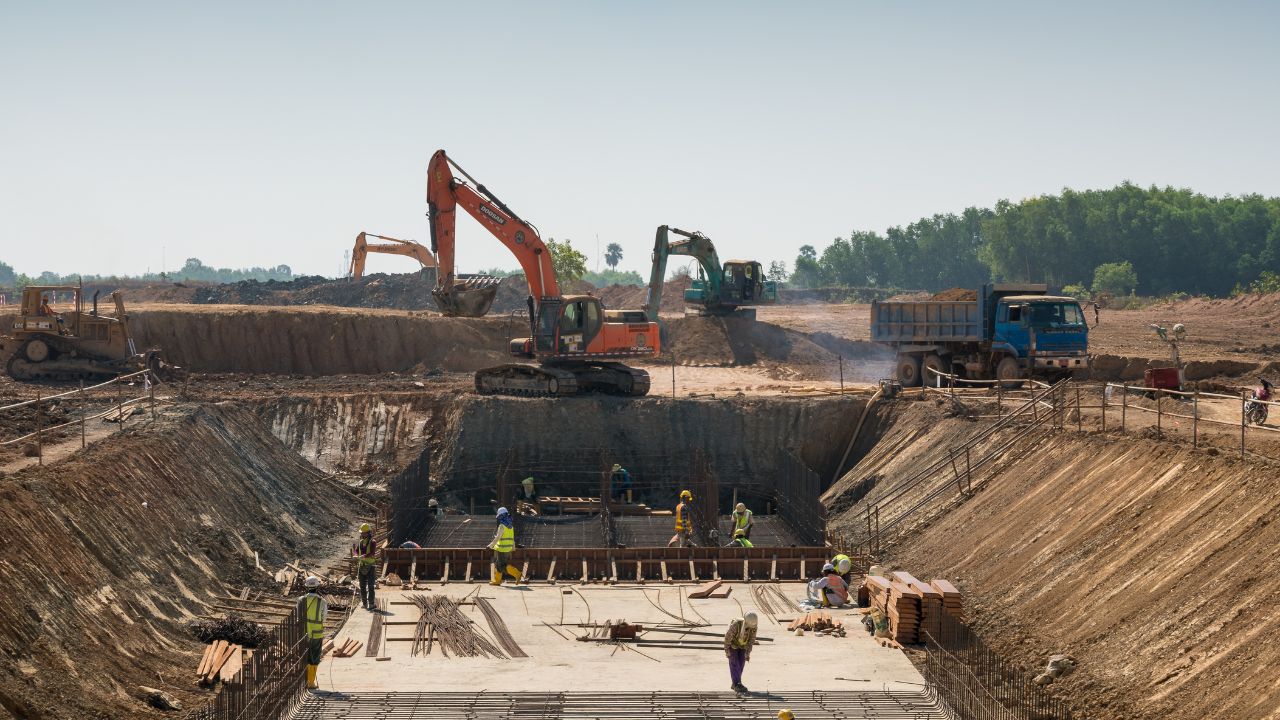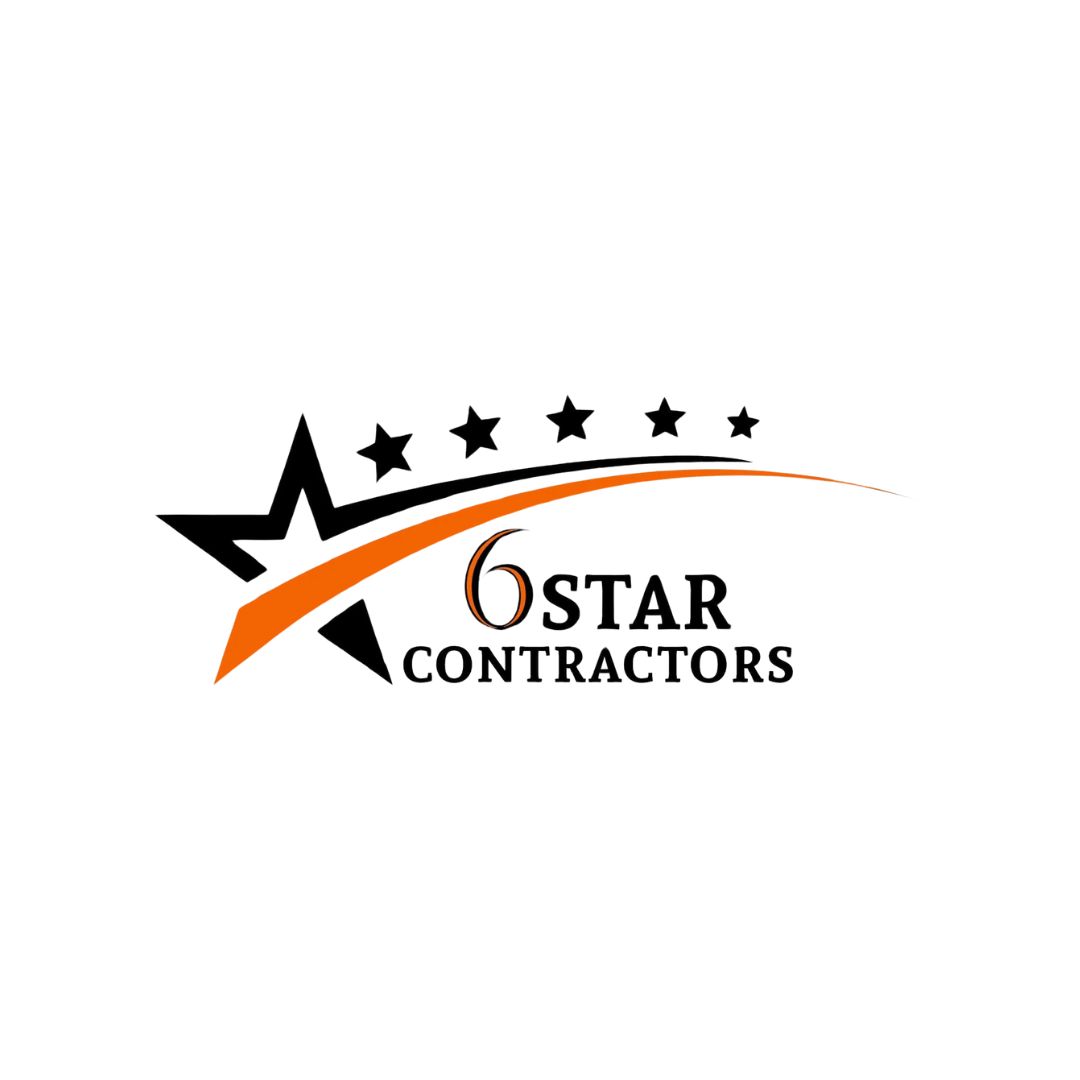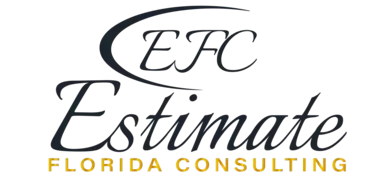- Homepage
- How to Estimate Roofing Costs
How to Estimate Roofing Costs – A Complete Step-by-Step Process
Leading provider of roofing estimate.
A new roof is one of the most important investments you can make for your home. Whether you’re replacing an old roof or installing one on a new home, estimating roofing costs accurately is essential for budgeting, avoiding surprises, and making informed decisions. Roofing costs depend on multiple factors, including the size of the roof, type of materials, labor, complexity of the installation, and your location.

Average Roofing Costs
On average, homeowners spend between $5,000 and $20,000 for a full roof replacement, though costs can vary widely. Here’s a quick overview:
Roof Type | Average Cost | Notes |
Asphalt Shingles | $5,000 – $12,000 | Most common, affordable, 15–30 year lifespan |
Metal Roofing | $8,000 – $25,000 | Durable, energy-efficient, 40–70 year lifespan |
Tile Roofing | $12,000 – $30,000+ | Long-lasting, heavy, aesthetic appeal |
Slate Roofing | $20,000 – $40,000+ | Premium, very durable, high-end homes |
Flat Roof / EPDM / TPO | $5,000 – $15,000 | Commercial or modern homes, requires professional installation |
Roofing costs are also influenced by roof size (square footage), roof pitch (slope), and complexity (chimneys, skylights, multiple angles). A larger or more complex roof increases both material and labor costs, while simpler roofs cost less.
Step 1: Measuring Your Roof & Calculating Square Footage
Accurate roofing cost estimation starts with precise measurements of your roof. The first step is to determine the roof’s total area, because materials and labor are calculated per square foot. Here’s how to do it step by step:
Measure the Roof Length and Width
- Measure the length and width of each section of your roof. Many homes have multiple planes (sections), so measure each individually.
- Multiply the length × width to get the square footage of that section.
Calculate Total Roof Area
Add up the square footage of all sections to get the total roof area. For example, if your home has two sections of 1,000 sq. ft. and 800 sq. ft., the total roof area is 1,800 sq. ft.
Calculate Total Roof Area
- Roofers often use the term “roofing square”, which equals 100 sq. ft. of roof area.
- Example: 1,800 sq. ft ÷ 100 = 18 roofing squares.
Get High-Quality 3D Rendering Services Today!
Transform your space with stunning 3D Rendering that blends style, comfort, and functionality.
We Specialize in Both Residential and Commercial 3D Rendering Projects.
- Luxury Villas
- Apartment Complexes
- Modular Kitchens
- Bathrooms
- Office Buildings
- Shopping Malls
- Hospitals
- Hotels & Resorts
Factor in Roof Pitch / Slope
- Roof slope affects labor and material costs because steeper roofs are harder to work on.
- Roof pitch is calculated as rise over run (e.g., 4:12 pitch means 4 inches rise for every 12 inches run).
- Multiply the total area by a pitch factor to get the adjusted roof area. Typical pitch factors:
- 4:12 = 1.03
- 6:12 = 1.12
- 9:12 = 1.25
- 4:12 = 1.03
Account for Waste & Overlap
Roofing materials need extra for cutting and overlapping. Add 10% – 15% extra to your total square footage.
Example Calculation:
- Measured roof area: 1,800 sq. ft.
- Pitch factor: 1.12 (6:12 slope) → 1,800 × 1.12 = 2,016 sq. ft.
- Add 10% waste → 2,016 × 1.10 ≈ 2,218 sq. ft. (22.18 roofing squares)
By accurately measuring your roof, you set the foundation for material, labor, and total cost estimation. Miscalculating here can result in underbudgeting or running out of materials mid-project.
Step 2: Roofing Material Costs
The type of roofing material you choose significantly impacts your total roofing cost. Different materials vary in durability, lifespan, aesthetics, and installation difficulty, which all affect pricing. Here’s a breakdown of common roofing materials and their costs:
Roofing Material | Average Cost per Square Foot | Typical Lifespan | Notes |
Asphalt Shingles | $3 – $6 | 15–30 years | Most common, affordable, easy to install, many color options |
Architectural/Designer Shingles | $4 – $8 | 25–40 years | Thicker, more durable than standard asphalt shingles |
Metal Roofing | $7 – $12 | 40–70 years | Energy-efficient, lightweight, resistant to wind & fire |
Tile (Clay or Concrete) | $10 – $18 | 50–100 years | Heavy, long-lasting, high aesthetic appeal, requires reinforced structure |
Slate | $15 – $30 | 75–200 years | Premium, extremely durable, high-end look, very heavy |
Flat Roof (EPDM, TPO, PVC) | $4 – $10 | 20–50 years | Mostly for commercial or modern homes, requires professional installation |
Additional Material Considerations
Underlayment
Roof underlayment protects your roof deck from moisture. Costs range $0.50 – $2 per sq. ft. depending on type (synthetic vs. felt).
Flashing and Ventilation
- Flashing around chimneys, skylights, and valleys prevents leaks.
- Average cost: $150 – $500 for materials and installation.
Fasteners and Nails
- Flashing around chimneys, skylights, and valleys prevents leaks.
- Average cost: $150 – $500 for materials and installation.
Roof Coatings (Optional)
- Reflective or protective coatings extend lifespan for metal or flat roofs.
- Cost: $1 – $3 per sq. ft.
By understanding material costs per square foot and factoring in underlayment, flashing, and other essentials, you can accurately estimate the base material expenses for your roof.
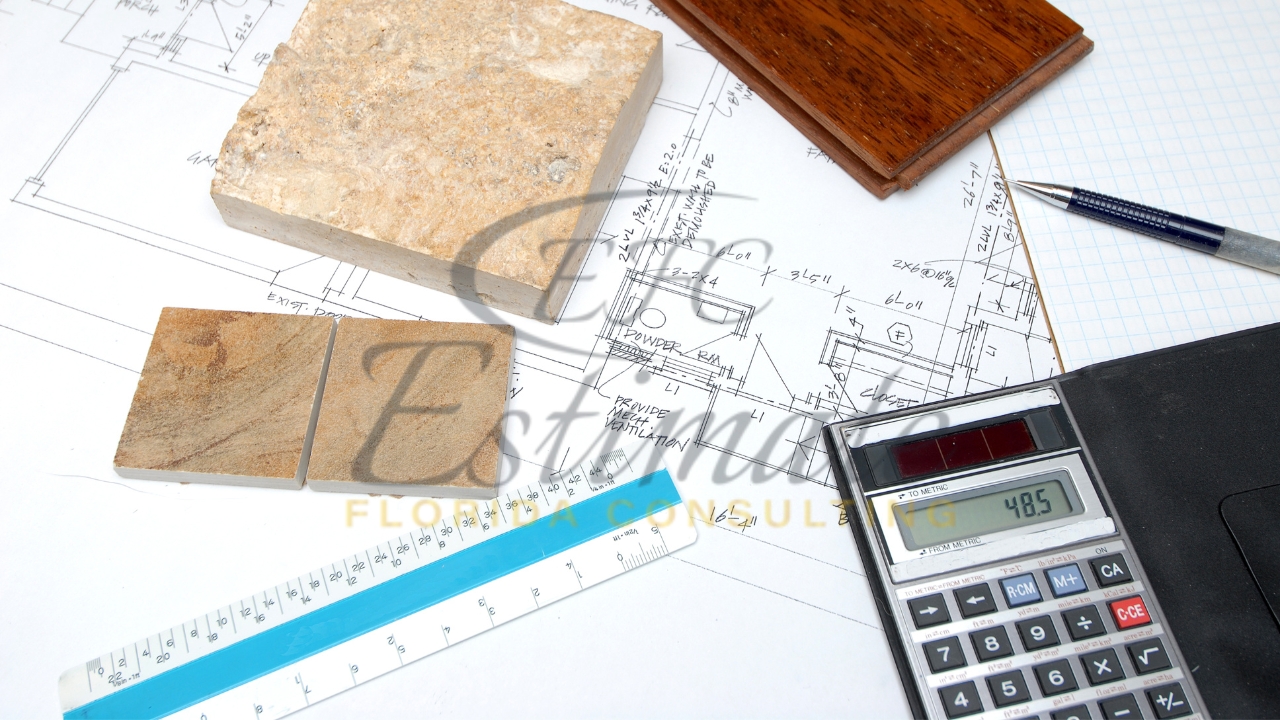
Step 3: Labor Costs for Roofing Installation
Labor is one of the largest components of roofing costs, often accounting for 40%–60% of total roofing expenses. Labor costs vary based on factors like roof size, complexity, material type, and location.
Average Labor Costs
Roof Type / Complexity | Average Labor Cost per Square Foot | Notes |
Asphalt Shingles | $2 – $5 | Standard installation on a simple slope roof |
Metal Roofing | $4 – $8 | Requires specialized tools and skills |
Tile Roofing | $5 – $10 | Heavy, delicate, installation is labor-intensive |
Slate Roofing | $7 – $15 | Premium labor, highly skilled workers required |
Flat Roof (EPDM/TPO/PVC) | $3 – $6 | Installation varies by material type |
Factors Affecting Labor Costs
Roof Complexity
- Features like chimneys, skylights, valleys, multiple angles, and steep slopes increase labor time and cost.
Roof Pitch
- Steeper roofs are harder and more dangerous to work on. Labor costs can increase by 10%–25% for slopes over 6:12.
Accessibility
- If the roof is difficult to access or requires scaffolding, labor costs can rise. Scaffolding and safety equipment can add $500–$1,500 to the total.
Removal of Old Roof
- Tear-off and disposal of the existing roof typically costs $1 – $5 per sq. ft., depending on material and number of layers.
Example Calculation
- Roof size: 2,200 sq. ft.
- Asphalt shingles labor rate: $3 per sq. ft.
- Total labor cost: 2,200 × $3 = $6,600
- If roof is steep (pitch factor 1.12): 6,600 × 1.12 ≈ $7,392
Accurate labor estimates are crucial to avoid surprises and ensure that your project stays within budget.
90% More Chances to Win Bids with Our Estimate!
Step 4: Additional Costs & Hidden Expenses
Beyond materials and labor, there are several additional costs and hidden expenses that homeowners often overlook when estimating roofing costs. Accounting for these ensures your budget is accurate and prevents unpleasant surprises during the project.
1. Building Permits
- Most municipalities require a roofing permit to ensure the project meets local building codes.
- Cost: $100 – $500 on average, depending on roof size and local regulations.
- Some cities may charge higher fees for commercial roofs or complex installations.
2. Roof Inspection
- A professional roof inspection before and after installation helps identify structural issues, leaks, or damage to the deck.
- Cost: $150 – $500, depending on roof size and inspection type.
3. Disposal and Dumping Fees
- Removing the old roof and disposing of shingles, tiles, or metal panels adds to the total cost.
- Average: $1 – $5 per sq. ft.
- Example: 2,200 sq. ft. roof → $2,200 – $11,000 for disposal if multiple layers or heavy materials.
Roof Deck Repairs
- Damaged wood or decking may need replacement, which can add $100 – $500 per square depending on damage extent.
- Ignoring deck repairs can reduce the roof’s lifespan significantly.
Roof Accessories & Upgrades
- Items like ridge vents, gutter guards, skylights, or snow guards may be optional but improve performance.
- Cost: $100 – $500 per feature, depending on complexity and material.
Weather Delays
- Rain, snow, or high winds can delay roofing projects, potentially increasing labor costs if workers must return multiple days.
- Planning for 5%–10% contingency in the budget helps cover these delays.
7. Insurance & Safety Costs
- Contractors must have liability and workers’ compensation insurance. If homeowners hire uninsured laborers, they could be liable for accidents.
- Ensuring insured professionals may slightly increase labor cost but avoids potential legal risks.
By factoring in these additional and hidden costs, you can create a comprehensive roofing estimate that covers all possible expenses and prevents budget overruns.
Step 5: Calculating Total Roofing Cost
Once you’ve measured your roof, determined material and labor costs, and accounted for additional expenses, it’s time to calculate the total roofing cost. This step ensures your budget reflects the full scope of the project.
Step-by-Step Calculation
1. Calculate Material Costs
- Example: Asphalt shingles for 2,218 sq. ft. (22.18 roofing squares)
- Material cost: $4 per sq. ft.
- Total material cost: 2,218 × $4 = $8,872
2. Calculate Labor Costs
- Labor rate: $3 per sq. ft.
- Total labor: 2,218 × $3 = $6,654
- Adjust for steep roof (pitch factor 1.12): 6,654 × 1.12 ≈ $7,451
3. Add Additional Costs

- Permits: $350
- Disposal: $1,500
- Roof inspection & minor deck repair: $500
- Total additional costs: $2,350
4. Add Contingency
- It’s wise to add 10% contingency for unexpected issues.
- Subtotal before contingency: $8,872 + $7,451 + $2,350 = $18,673
- Contingency: $18,673 × 0.10 ≈ $1,867
5. Total Estimated Roofing Cost
- Total: $18,673 + $1,867 = $20,540
This example shows how a 2,218 sq. ft. asphalt shingle roof could cost around $20,500, including labor, materials, permits, disposal, inspection, minor repairs, and contingency.
Key Takeaways
- Roofing costs vary widely depending on materials, roof size, pitch, labor rates, and additional expenses.
- Always measure accurately, factor in hidden costs, and consider a contingency to prevent budget surprises.
Using this step-by-step method, you can estimate costs for any roof type, from asphalt shingles to premium slate or metal.
Step 6: Tips to Save Money on Roofing
Roofing is a major investment, but there are several strategies to save money without compromising quality. Smart planning, material choices, and knowing where to DIY can reduce overall expenses.
1. Choose Cost-Effective Materials
- Asphalt shingles are the most affordable option, offering decent durability at a lower cost.
- Consider architectural shingles for better longevity and aesthetics without paying for premium materials like slate or tile.
2. Keep the Existing Roof Footprint
- Avoid changing the roof’s layout or pitch, as this adds plumbing, electrical, and structural costs.
- Maintaining the same footprint reduces labor and material expenses.
3. Consider Partial or Sectional Replacement
- If only part of your roof is damaged, consider repairing or replacing sections rather than the entire roof.
- This can reduce material costs and labor significantly.
4. Remove Old Roof Yourself (Optional)
- If it’s safe and manageable, removing old shingles yourself can save $1 – $5 per sq. ft. in labor fees.
- Make sure to follow safety protocols to avoid accidents.
5. Shop Around for Contractors
- Get at least three quotes from licensed and insured roofing contractors.
- Compare material quality, warranties, and labor charges, not just the lowest price.
6. Buy Materials in Bulk
- Some roofing suppliers offer bulk discounts if you buy enough shingles, metal panels, or tiles at once.
- Buying all materials at the start can also prevent price increases during the project.
7. Plan Roofing in Off-Season
- Roofing labor rates may be lower in fall or winter, as demand decreases.
- Avoid peak seasons (spring/summer) to potentially save on labor costs.
8. Factor in Long-Term ROI
- Investing in slightly higher-quality materials or proper installation can save money in the long run by reducing maintenance, repairs, or early replacement.
By using these strategies, you can maximize savings without sacrificing quality or durability, ensuring your roofing investment provides long-lasting protection for your home.
Get 5 New Projects in the Next 7 Days With Our System
Step 7: How Location Impacts Roofing Costs
Your geographic location plays a major role in roofing costs, as labor rates, material availability, and local weather conditions vary across regions. Understanding these factors helps create a more accurate estimate.
1. Regional Labor Rates
- Labor costs differ significantly between cities and states.
- For example, roofing labor in large urban areas like New York or Los Angeles can be $4–$8 per sq. ft., while smaller towns or rural areas may be $2–$5 per sq. ft..
- Higher living costs and demand for skilled labor in certain areas naturally drive prices up.
2. Material Availability
- Proximity to suppliers affects material cost and delivery fees.
- In areas where materials like slate, tile, or metal roofing are less common, shipping or import fees can add hundreds or even thousands of dollars.
- Local availability of asphalt shingles or flat roofing materials usually keeps costs lower.
3. Weather and Climate Considerations
- Extreme weather conditions influence both material selection and installation complexity.
- For example:
- Hurricane-prone areas require impact-resistant shingles or metal panels, increasing material costs.
- Cold climates may need special underlayment and ice barrier installation.
- Hot or sunny regions may benefit from reflective coatings, adding extra cost.
- Hurricane-prone areas require impact-resistant shingles or metal panels, increasing material costs.
4. Local Building Codes and Permits
- Some regions have stricter building codes, requiring more durable materials or specific installation methods.
- Obtaining permits may be more expensive or require additional inspections, affecting total cost.
5. Labor Competition
- Areas with fewer experienced roofers may see higher labor rates due to limited availability.
- Conversely, regions with many licensed contractors can offer competitive pricing.
Example:
- A 2,200 sq. ft. asphalt shingle roof:
- Urban area labor + materials: ~$20,500
- Rural area labor + materials: ~$16,500
- Urban area labor + materials: ~$20,500
By understanding how location-specific factors affect roofing costs, homeowners can budget more accurately and choose materials and contractors suited for their region.
Step 8: Roofing Warranties and Maintenance Costs
When estimating roofing costs, it’s essential to consider warranties and ongoing maintenance, as these can affect long-term expenses and roof performance.
1. Material Warranties
- Roofing materials usually come with a manufacturer’s warranty that covers defects or premature failure.
- Typical warranty lengths by material:
- Asphalt Shingles: 20–50 years
- Architectural Shingles: 30–50 years
- Metal Roofing: 40–70 years
- Tile (Clay/Concrete): 50–100 years
- Slate: 75–200 years
- Asphalt Shingles: 20–50 years
A longer or premium warranty may increase upfront material cost but reduces risk of early replacement.
2. Labor Warranties
- Many roofing contractors offer installation warranties ranging from 1 to 10 years.
- Labor warranties protect against installation errors such as leaks, misaligned shingles, or improper flashing.
- Always confirm whether the contractor’s warranty is transferable if you sell your home.

3. Roof Maintenance Costs
Regular roof maintenance extends the lifespan and prevents expensive repairs. Maintenance tasks include:
- Inspecting for leaks, cracks, or damaged shingles
- Cleaning gutters and downspouts
- Removing debris and moss from the roof surface
- Checking flashing, vents, and skylights
Average annual maintenance costs:
- Asphalt Shingles: $150–$300
- Metal Roofing: $200–$400
- Tile or Slate: $250–$500
4. Emergency Repairs
- Unexpected repairs may arise due to storm damage, fallen branches, or severe weather.
- Budgeting 5–10% of total roofing cost for emergency repairs is recommended.
By factoring in warranties and maintenance, homeowners can make informed decisions about roofing materials and contractors, ultimately saving money and avoiding future hassles.
Step 9: DIY vs Hiring a Professional Roofer
When estimating roofing costs, one key decision is whether to tackle the project yourself (DIY) or hire a licensed professional. Each option has its own benefits, risks, and cost implications.
1. DIY Roofing Pros and Cons
Pros:
- Lower labor costs: You save on contractor fees, which can be 40%–60% of total costs.
- Flexible scheduling: You can work at your own pace without coordinating with a contractor.
- Hands-on experience: DIY can be rewarding for skilled homeowners with roofing experience.
Cons:
- High risk of injury: Roofing is physically demanding and dangerous, especially on steep or multi-level roofs.
- Potential mistakes: Improper installation can lead to leaks, reduced lifespan, and voided material warranties.
- Tool and equipment costs: Ladders, scaffolding, safety gear, and specialized tools can add hundreds or thousands of dollars.
Cost Comparison Example (DIY):
- Asphalt shingles for 2,200 sq. ft.: Material $8,872 + Tools $500 = $9,372
- Professional installation would cost ~$20,500, so DIY saves ~$11,000, but with added risk.
2. Hiring a Professional Roofer
Pros:
- Expertise: Professionals have the knowledge to install roofs correctly, ensuring maximum durability and warranty coverage.
- Safety: Licensed roofers are trained and insured, reducing liability for accidents.
- Efficiency: Experienced crews complete projects faster, minimizing disruption.
- Permits and codes: Professionals handle local building codes, inspections, and permit requirements.
Cons:
- Higher upfront cost: Labor fees increase the initial investment.
- Scheduling constraints: Contractors may have a busy calendar, causing project delays.
3. When DIY Makes Sense
- Small repairs or minor roof sections (like replacing a few shingles)
- Flat or low-pitch roofs with easy access
- Homeowners with roofing experience and proper safety equipment
4. When to Hire a Pro
- Steep or multi-level roofs
- Large-scale roof replacement
- Specialized materials like slate, tile, or metal
- Projects requiring permits and inspections
By carefully evaluating roof complexity, your skill level, and safety considerations, you can decide whether DIY or hiring a professional offers the best value for your roofing project.
Get High-Quality 3D Rendering Services Today!
Transform your space with stunning 3D Rendering that blends style, comfort, and functionality.
We Specialize in Both Residential and Commercial 3D Rendering Projects.
- Luxury Villas
- Apartment Complexes
- Modular Kitchens
- Bathrooms
- Office Buildings
- Shopping Malls
- Hospitals
- Hotels & Resorts
Step 10: Final Checklist for Accurate Roofing Estimates
Before committing to a roofing project, it’s crucial to review all factors and double-check your estimate. A final checklist ensures you haven’t overlooked anything that could increase costs or cause delays.
1. Accurate Roof Measurements
- Confirm square footage, pitch, and roof shape.
- Include dormers, chimneys, skylights, and overhangs.
- Accurate measurements prevent underordering materials and unexpected expenses.
2. Material Selection
- Choose materials based on budget, durability, and climate suitability.
- Compare cost per square foot for asphalt shingles, metal, tile, or slate.
- Factor in optional upgrades like underlayment, vents, or reflective coatings.
3. Labor Costs
- Get detailed quotes from multiple licensed contractors.
- Confirm whether the quote includes installation, cleanup, and removal of old roofing.
- Account for roof pitch adjustments or difficult access that may increase labor costs.
4. Additional and Hidden Costs
- Include permits, inspections, disposal fees, deck repairs, and accessory installations.
- Add a contingency buffer (5–10%) for unexpected expenses.
5. Warranties and Maintenance
- Verify material and labor warranties.
- Consider annual maintenance costs and emergency repair allowances.
6. DIY vs Professional Decision
- Determine which tasks you can safely do yourself.
- Hire a professional for complex, high-risk, or code-sensitive work.
7. Regional Considerations
- Factor in local labor rates, material availability, and weather-related requirements.
- Confirm that your estimate aligns with regional pricing standards.
8. Final Cost Calculation
- Add materials, labor, additional costs, contingency, and optional upgrades to get the total roofing estimate.
- Double-check calculations to ensure nothing is overlooked.
By following this final checklist, homeowners can create a reliable, accurate roofing estimate that covers all costs, reduces surprises, and ensures a smooth roofing project.
90% More Chances to Win Bids with Our Estimate!
Conclusion
Estimating roofing costs doesn’t have to be overwhelming. By measuring your roof accurately, selecting the right materials, considering labor and regional factors, and planning for additional expenses, you can create a precise budget. Remember to factor in warranties, maintenance, and a contingency buffer to avoid surprises.
Following the step-by-step process outlined in this guide ensures that your roofing project stays on track, within budget, and delivers long-lasting results. Whether you’re repairing a small section, replacing an entire roof, or choosing between DIY and hiring a professional, having a detailed estimate will save you time, money, and stress.
Frequently Asked Question
The cost depends on roof size, materials, labor, and location. For an average 2,200 sq. ft. asphalt shingle roof, expect $15,000–$25,000, including materials, labor, and additional expenses.
Asphalt shingles are generally the most budget-friendly option while still offering durability and decent lifespan.
DIY is suitable only for small, low-risk tasks like shingle replacement or minor repairs. Large or steep roofs should always be handled by licensed professionals.
Always include permits, disposal fees, deck repairs, and inspections in your estimate. A good rule of thumb is to allocate 5–10% of your total budget for unforeseen costs.
Roof maintenance is recommended annually, including inspection for leaks, cleaning gutters, removing debris, and checking flashing or vents.
Comprehensive Trade-Specific Estimates
At Estimate Florida Consulting, we offer detailed cost estimates across all major trades, ensuring no part of your project is overlooked. From the foundation to the finishing touches, our trade-specific estimates provide you with a complete and accurate breakdown of costs for any type of construction project.
Our Simple Process to Get Your Estimate
Upload Plans
Submit your project plans, blueprints, or relevant documents through our online form or via email.
Receive Quotation
We’ll review your project details and send you a quote based on your scope and requirements.
Confirmation
Confirm the details and finalize any adjustments to ensure the estimate meets your project needs.
Get Estimate
Receive your detailed, trade-specific estimate within 1-2 business days, ready for your project execution.



Our Clients & Partners
We pride ourselves on building strong, lasting relationships with our clients and partners across the construction industry.
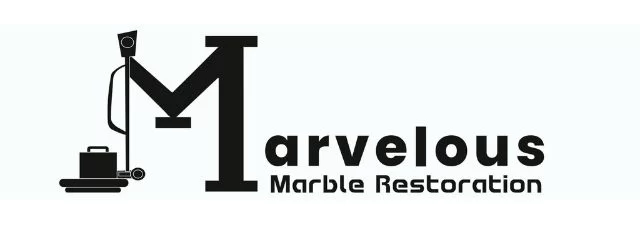

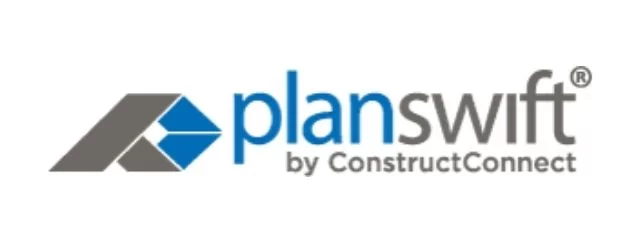
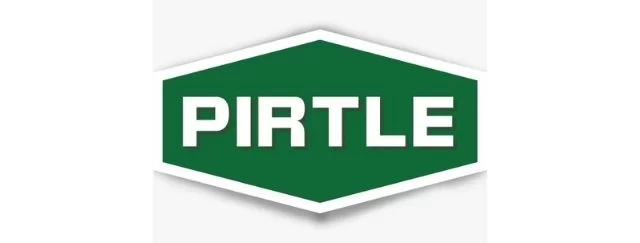

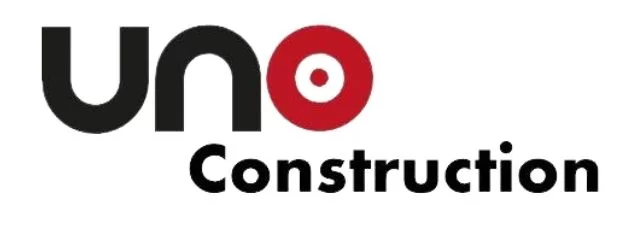
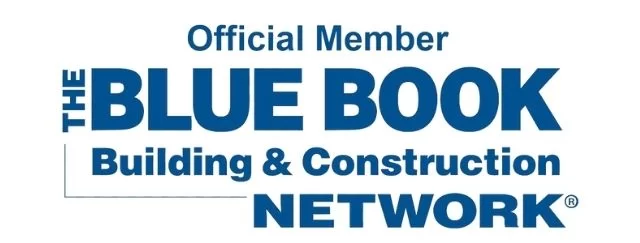
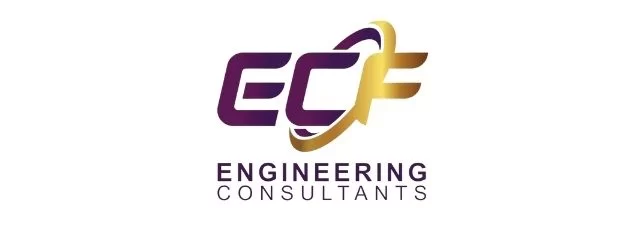
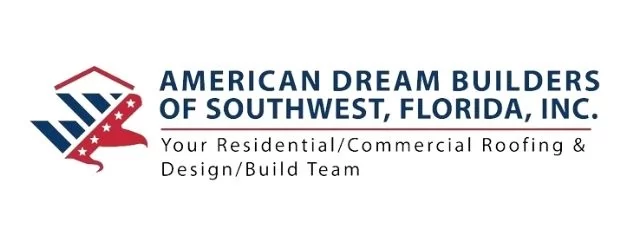


What Our Clients Say?
We take pride in delivering accurate, timely, and reliable estimates that help contractors and builders win more projects. Our clients consistently praise our attention to detail, fast turnaround times, and the positive impact our estimates have on their businesses.
Estimate Florida Consulting has helped us win more bids with their fast and accurate estimates. We trust them for every project!



